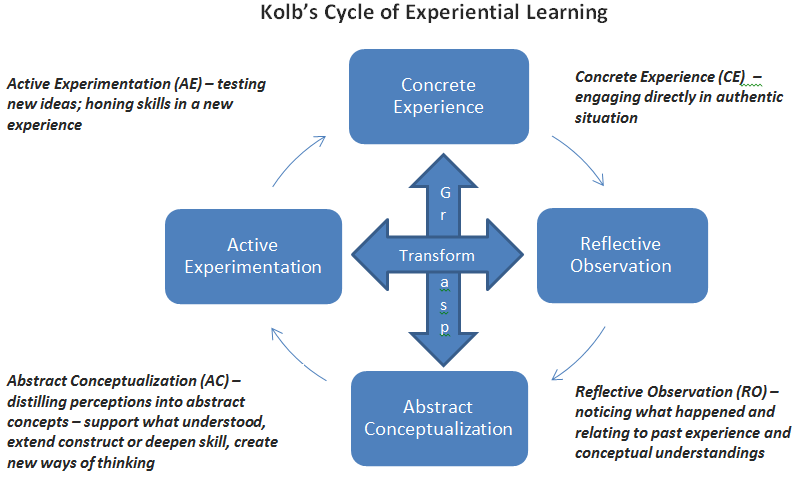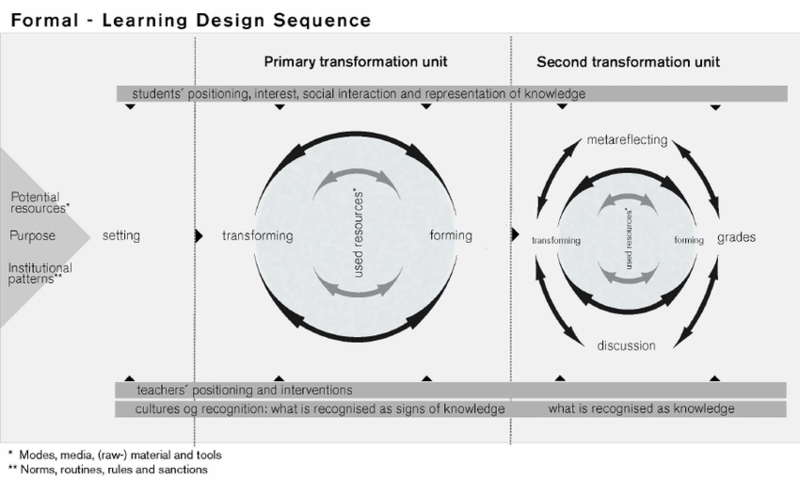e-Learning Ecologies MOOC’s Updates
Iterative Learning Opportunities - Jonas Essential Update #3
Our third update address the discursive dimensions of e-Learning and I want to address the concept of simulations and visual literacy. In our literature Kress (2003) observe that we encounter texts in daily life that are multimodal and “we are expected to digitally design multimodal texts in return”. New media Members of the research team at Project New Media Literacies already in 2008 discussed the social skills and cultural competencies needed to fully engage with today's participatory culture (see video).
Kalantzis and Cope [1] argue that multimodal expressions involve reading and writing across modes and during active meaning making the learner experiences synesthesia. Intentionally focusing on different aspects of a phenomenon in the design process, the learner will foreground various affordances when traversing across modes, media and technologies.
In Challenging Learning promoted by James Nottingham [2] remind me of Kolb’s Cycle of Experiential Learning [3] (see image), but I want to discuss the need of several iterations and use of peer-to-peer feedback. The Swedish teacher Daniel Baker got acknowledged by The Royal Swedish Academy of Sciences for his work with the digital tool NOKflex. In his presentation he shared a lesson where he started an authentic inquiry within the discipline of mathematics. Daniel gave an example linked to the course objectives together with the whole class. The students used a response system to choose one of four alternatives, but then instead of giving the answer they discussed in groups where they were asked to reflect on the choices they made. During the final stage they got to answer a second time and the statistics showed that the results improved due to iterative learning opportunities. This emphazise on how I, in my role as a teacher, need to create meaningful spaces for reflection which enable active knowledge making as students make intentional choices within assignments. This will position learners as “co-designers of knowledge, developing habits of mind in which they are comfortable members of knowledge-producing and knowledge-sharing communities” [4].
Multimodality is based upon the different resources (visualisations included) that are used for interpretation and to create meaning. The challenge when assignments becomes increasingly complex is for the learner to develop a multimodal repertoire during formative assesment and feedback. Selander and Kress [5] have developed a model that summarizes a formal learning design sequence, where the information is first being processed and then transformed into knowledge (see image).
[1] Cope, Bill and Mary Kalantzis. 2013. "‘Multiliteracies: New Literacies, New Learning." in Framing Languages and Literacies: Socially Situated Views and Perspectives, edited by M. R. Hawkins. New York: Routledge.
[2] Nottingham, James (2015). “Challenging Learning: Theory, effective practice and lesson ideas to create optimal learning in the classroom”. Routledge, ISBN 9781317411963
[3] Kolb, David A.; Fry, Ronald E. (1975). "Towards an applied theory of experiential learning". In Cooper, Cary L. Theories of group processes. New York: Wiley. ISBN 0471171174.
[4] Kalantzis, Mary and Bill Cope, ‘Language Education and Multiliteracies’, in Stephen May and Nancy H. Hornberger (Eds), Encyclopedia of Language and Education, Vol. 1, Springer, 2008, pp.195-211. | link
[5] Åkerfeldt, A. (2014). Didaktisk design med digitala resurser. En studie av kunskapsrepresentioner i en digitliserad skola. Dissertation Stockholm University, Department of Education, No. 32, Stockholm | link



